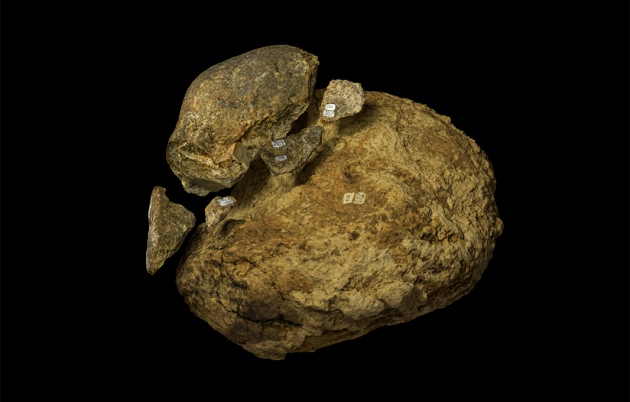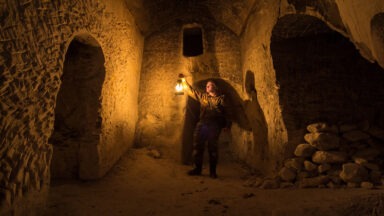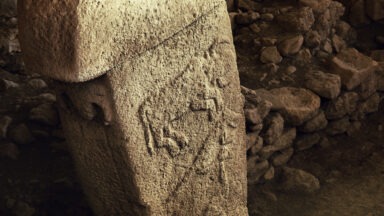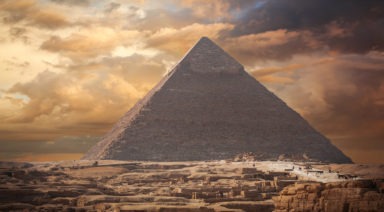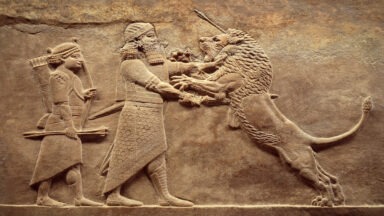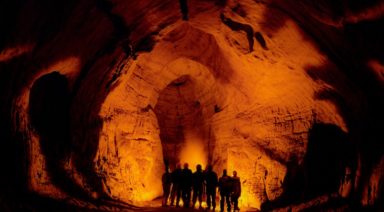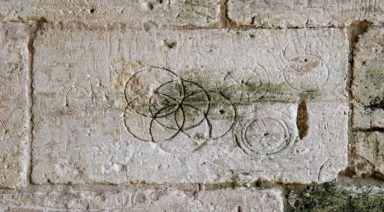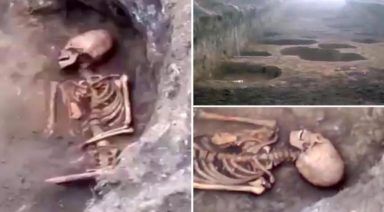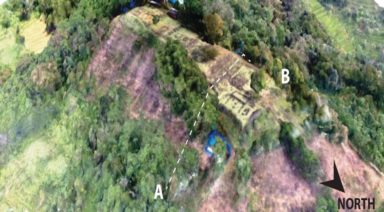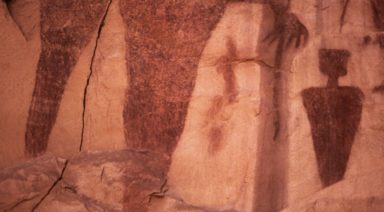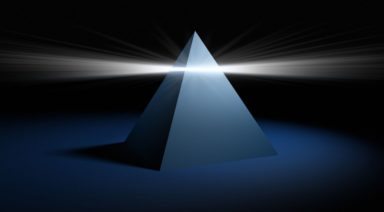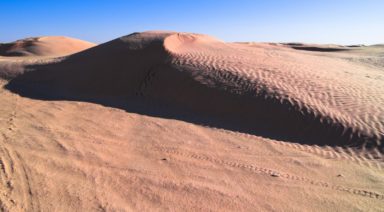When Did the Americas Actually Become Inhabited?

Earlier Migration
Theories surrounding how the Americas grew to become inhabited vary somewhat and have been challenged within relatively small margins of thousands of years. However, a new theory is disputing the preconception that our hominin ancestors arrived roughly 15,000 years ago, potentially drawing that date back 100,000 years or more.
A group of researchers in California found remains of animal bones appearing to have been crushed by stones at the hands of early hominids, as opposed to homo sapiens. The researchers say that their evidence is supported in the way the bones were crushed matching similar behavior and techniques by hominin tools of that era.
The bones were found during construction on a road in San Diego in 1992, whereafter an excavation, led by paleontologist Tom Deméré uncovered teeth and tusks of a mastodon that had been smashed, seemingly by a hammer and anvil stone.
Traditional theories hold that between 15-20,000 years ago, homo sapiens hunting large mammals crossed over a land bridge between what is modern day Siberia and Alaska over the Bering Strait. The team of researchers that discovered the bones was unable to extract any carbon for dating, but was able to use a method of radioactive dating that appears to hold up. But Deméré’s colleagues have had mixed reactions.
In an interview with the Washington Post, one fellow paleoanthropologist, recognized that their site, “contains less archaeological evidence than scientists would like before making a claim of this magnitude. But as someone who has spent her whole career looking at scratch marks and breakage patterns on bones, the evidence looks to her like it could be human modification.”
Ghost Populations
Although this traditional theory has been widely held, often new evidence will arise that adds layers and challenges it. One such example is in the “ghost populations” of esoteric tribes deep in the Brazilian Amazon whose members’ DNA can be traced back to Australasian ancestors. It is still unclear as to how these ancestral groups migrated and whether or not they assimilated with their Siberian counterparts, but the majority of Native American DNA can be traced to a single group, making this discovery more intriguing.
There are two tribes in particular from the Amazon, the Suruí and the Karitiana, whose lineage can be traced back to Papua New Guinea and Australia. The theory still holds that these ancestors crossed the same land bridge over the Bering Strait, however it is likely that they were pushed out in North America and much of South America by the more prominent migrants. This ancestral group, dubbed, “Population Y,” no longer exists in Asia.
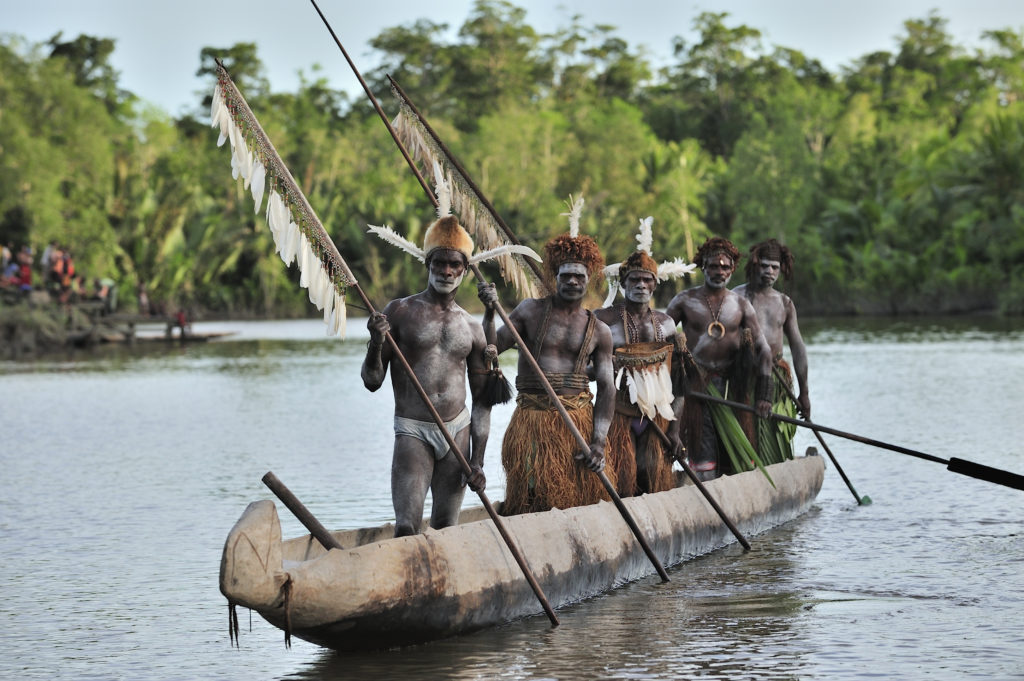
Archeological Debate
While the theory of the ghost population has been accepted, unsurprisingly, stalwarts of archeology are rejecting the new hypothesis of a significantly earlier migration. But Deméré insists there is a connection to similar patterns in which bones were struck at a particular angle that have been seen in instances of that era. He also claims to know of other sites that he believes may contain more evidence supporting his theory. Deméré and his team urge his colleagues to remain open to his hypothesis and not immediately dismiss it.
A skeptical colleague of the team, who says he has seen misinterpretations in similar cases in the past, told the Washington Post, “It is one thing to show that broken bones and modified rocks could have been produced by people. It is quite another to show that people, and people alone, could have produced those modifications.”
The diaspora of humans from the African continent is typically thought to have occurred less than 100,000 years ago, however human teeth found in China dating back 120,000 years could be evidence of an earlier migration. If the theory proves to be true, these ancestors could be either Neanderthal, Homo erectus or Denisovans, the latter being an extinct species that was found to have inhabited Siberia.
Turning Back Time
On the tiny Pacific island nation of Vanuatu people are looking back to find their future. This remote nation is one of the last remaining places on earth where true Stone Age culture and tradition persists.
Human 'Hobbit' Ancestor May Still Be Alive in Indonesian Jungles
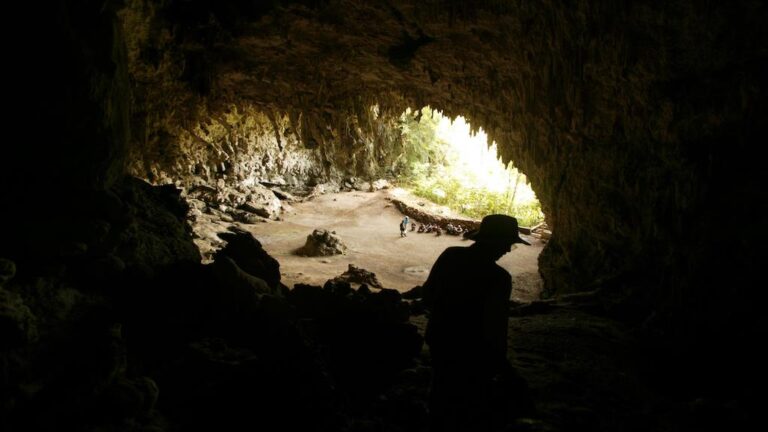
Could an ancient human species still be alive deep in the forests of Indonesia? An award-winning anthropologist thinks that might be the case.
On the Indonesian island of Flores, some locals tell tales of an animal that is like a human but is not human. Some say they are extinct, others claim to have seen them with their own eyes. Anthropologist Gregory Forth, who lived with and studied the people of the island for decades, calls this creature the “Apeman.”
For years it was an interesting story, but as many anthropologists will tell you, stories like this are often allegory or a way to explain the natural world. But in 2004, the anthropological world was shaken when the “hobbit” skeleton was found. This was a tiny species of hominin. A rebuilt skeleton stands at just 3’7,” but apparently lived at the same time as early modern humans.
The tale of the relationship between oral histories and the fossils, dubbed Homo floresiensis, is the subject of Forth’s new book, “Between Ape and Human.”
Forth, now retired, was a professor of anthropology at the University of Alberta for more than three decades. He first heard of the “Apeman” from the “Lio” people of Flores in the 1980s.
But what about this story sounded like it might be true?
“It’s the way that people were describing them as animals, as a kind of animal — not human beings by the way, the distinction is very important for them as it is for most people. But at the same time they’re beings that walked erect unlike any other animal, and otherwise looked humanlike, although they were very small (or they are very small), and somewhat hairier.”

